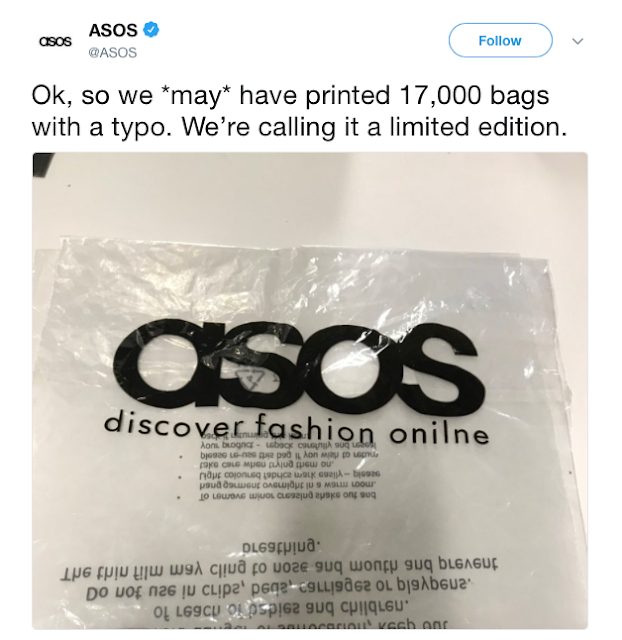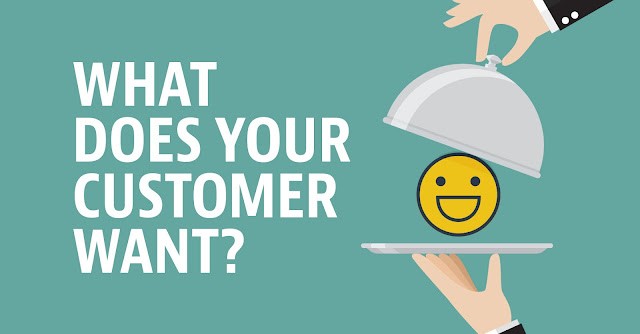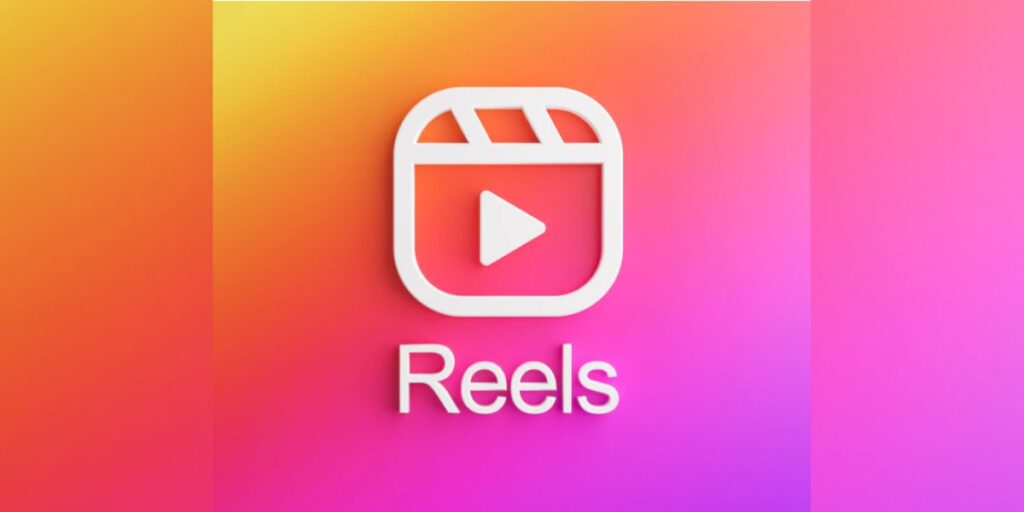
In this article we explain how the Boost Post mechanism works and why it is not enough to cover all the advertising goals of a business. We also mention what tools are missing from the mechanism, which we find in the Facebook advertising platform, which we need to use in order to make the most of the advertising potential of the medium and create effective and efficient campaigns.
Listen to the article also on Spotify
Those of you who are administrators of Facebook pages will surely have seen the Boost Post button “accompanying” every post you make on the page you manage. And quite a few of you have definitely used it.
This mechanism is a relatively easy and fast way to set up an advertising campaign on Facebook with specific goals: to promote the specific post to a lot of people at a low cost, to increase the likes of your page (indirect goal) and to increase engagement of the target audience.
But this is where the advantages stop and the limitations of what you can do with the boost post mechanism begin.
The options and tools that you “lose” if you don’t use the advertising platform (ads manager) of Facebook are too many.
With the boost post mechanism you can choose:
- the goal of the campaign (here there are limitations in relation to what goals the Facebook advertising tool offers you)
- what the prompt button will say (read more, go to app, buy it, etc.)
- the audience you want to reach
- where your ad will appear (but again with many restrictions)
- the duration of the campaign and the money you want to invest
In all these steps I mentioned, however, the options that the ads manager, the Facebook advertising platform, gives you are much more, giving you the possibility to set up a campaign that will be much more effective and efficient.
For example, the audience you want to reach. The audience that you can choose in the boost post is the audience that you will choose and create at that time, based on age, based on gender, based on interests, based on geographic area, but you are not allowed to you create custom audiences – rather than just using the ones you’ve already created in the past – whenever you miss a large part of the audience you can target.
You can’t choose the target you want but you have to choose between the targets Facebook will give you based on the type of post you want to advertise.
In terms of placement, that is, where the ads will appear, there are three options with the boost post mechanism: Facebook, Instagram and Messenger. But using the advertising platform, each of these options has about 10 sub-options, which you can use for better targeting.
Also, on the advertising platform you can choose the type of device, an option that plays a very important role because you may want to advertise only on mobiles or only on android mobiles or even on a specific device, while in boost post these options do not exist.
You cannot, in the same campaign, create different ad sets to target different audiences.
With the boost post mechanism you cannot create multiple ads to compare their performance (simply because the ad is the post itself).
You also cannot use the split test tool that allows you to compare two different audiences and see which of the two “reacts” better to your ad.
You can’t buy reach and frequency – another option in the advertising platform when you start by setting the campaign goal.
You don’t have the option of the multiple text option, that is, to put different headings and different text to see which combination has a better result.
You can’t use dynamic creative, that is, give Facebook a series of texts and images so that it can make its own mix and see which visual and more verbal ones do better.
You can’t adjust the creative every time your ad appears (Facebook does it automatically but the result may not be what you want
You can’t just advertise without posting the post, while on the advertising platform you can either promote a post or create an advertisement that won’t be posted on your page as a post.
You cannot create shopping campaigns, the ultimate tool for eshop sales, you can simply make a prompt to visit your eshop.
As far as optimization is concerned, you cannot choose optimization for clicks in general on the advertisement or for clicks specifically to the page of the service or product you are advertising.
You cannot do day-parting, i.e. choose the days and times you want your ad to appear.
All this plays a very important role when you have a specific goal, you want to target a specific audience, you want to do some tests to see what works best and you want to have good measurables, because let’s not forget that measuring the performance of advertising is the third of success.
Because based on the measurables you decide how to optimize, change or even reset the ad. The measurables that the boost post gives you have nothing to do with the measurables that the Facebook advertising platform gives you. Let me say the only simple thing, that if someone clicks because they saw the advertisement of this post or if they click because they saw it as an organic Post, it is not separated.
So the convenience that this little blue boost post button gives you is 1-2-3 easy and quick steps, but it deprives you of all the extras that the Facebook advertising platform gives you to set up campaigns with greater flexibility in goals, targeting, optimization and tracking.
If we are talking about an ad with a very small budget, e.g. of 50 euros (in total, not per day) and we want something easy and quick which has awareness as its main goal then yes we can use the boost post.
But if we want to do another type of advertising, we want shopping ads, remarketing, we want to create custom audiences, we want our measurables to be many and detailed, we want flexibility in creative and budget control, then the boost post simply does not work for us.











